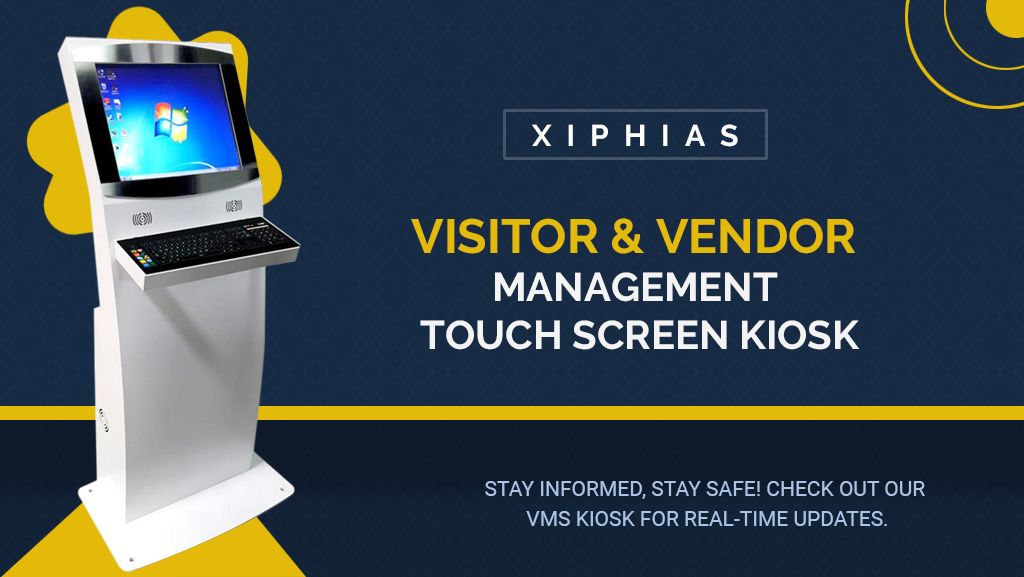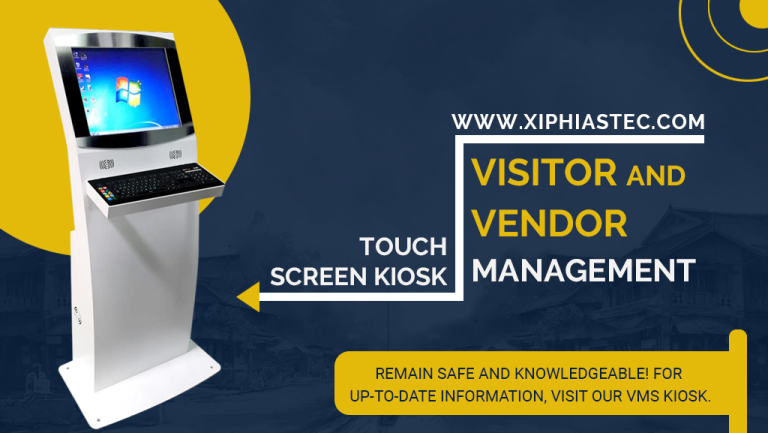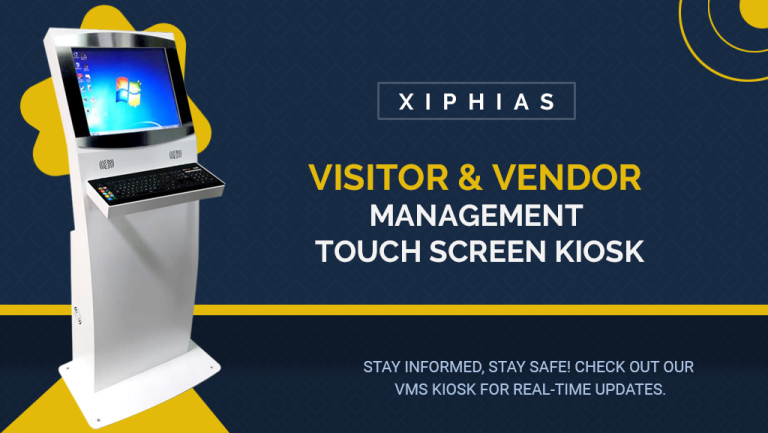Boosting Check-in Security: The Role of Visitor Management Kiosks
In today’s fast-paced world, security is paramount in public and private spaces alike. Whether it’s a corporate office, educational institution, healthcare facility, or government building, ensuring the safety of all occupants is crucial. Visitor management kiosks have emerged as a pivotal tool in boosting check-in security, offering a blend of technology and efficiency that traditional methods simply can’t match. This article delves into how these kiosks enhance security and why they are becoming a staple in modern security protocols.
Streamlined Visitor Registration
Visitor management kiosks streamline the check-in process by digitizing visitor registration. Upon arrival, visitors can enter their details, upload identification documents, and receive badges all within a few minutes. This automation reduces human error and ensures accurate record-keeping. The kiosks can also be integrated with pre-registration systems, allowing visitors to fill out necessary information before arrival, further expediting the process.
Enhanced Identification Verification
One of the key advantages of visitor management kiosks is their ability to verify visitor identities more thoroughly. These kiosks often come equipped with ID scanners and facial recognition technology, ensuring that the person checking in is indeed who they claim to be. This technology significantly reduces the risk of unauthorized access and enhances overall security.
Real-Time Background Checks
This feature is particularly important for facilities requiring high security, such as government buildings or research labs. By cross-referencing visitor information with criminal databases, the system can alert security personnel to potential threats instantly.
Access Control Integration
Modern visitor management kiosks are not standalone systems; they can be seamlessly integrated with existing access control systems. Once a visitor is verified and registered, the kiosk can issue access cards or temporary badges that grant specific levels of access. This integration ensures that only authorized individuals can enter sensitive areas, thereby enhancing security.
Data Privacy and Compliance
With increasing concerns about data privacy, visitor management kiosks are designed to comply with various data protection regulations. They ensure that visitor information is stored securely and access to this data is strictly controlled. Features like automatic data deletion after a certain period help in maintaining compliance with GDPR and other data privacy laws.
Health and Safety Protocols
In the wake of the COVID-19 pandemic, health and safety have become integral parts of security protocols. Visitor management kiosks can be equipped with features such as temperature scanning and health questionnaires. These measures help in identifying potential health risks and ensuring that only individuals who meet health criteria are allowed entry.
Customized Security Alerts
Visitor management kiosks can be programmed to send instant alerts to security personnel if a potential threat is detected. For instance, if a visitor attempts to check in with a forged ID or fails a background check, the system can immediately notify the relevant authorities. This rapid response capability is crucial in preventing security breaches.
Visitor Tracking and Analytics
Another significant advantage of visitor management kiosks is their ability to track visitor movements and generate detailed analytics. By keeping a log of all visitor activities, these systems provide valuable data that can be used for security audits and improving overall security measures. Analytics can reveal patterns and trends that might indicate potential security risks.
Improved Visitor Experience
While security is the primary focus, visitor management kiosks also enhance the visitor experience. The streamlined, user-friendly check-in process reduces wait times and ensures a smooth entry. Visitors appreciate the efficiency and modernity of kiosks, which reflect positively on the organization.
Cost Efficiency
By automating the check-in process and reducing the need for manual oversight, organizations can save on labor costs. Moreover, the enhanced security provided by these kiosks can prevent costly security breaches, further justifying the investment.
Future-Proofing Security Measures
As technology evolves, so do the capabilities of visitor management kiosks. This adaptability makes them a smart investment for long-term security planning.
Case Studies
Numerous organizations across various sectors have successfully implemented visitor management kiosks, reaping significant security benefits. For example, a large corporate office in New York reported a 40% decrease in unauthorized entry attempts after installing kiosks. Similarly, a hospital in Los Angeles found that the kiosks’ health screening features effectively reduced the risk of infectious disease outbreaks.
Conclusion
Visitor management kiosks represent a significant advancement in check-in security. By automating the registration process, enhancing identification verification, performing real-time background checks, and integrating with access control systems, they offer a comprehensive security solution. Additionally, they address data privacy concerns, improve visitor experience, and provide valuable analytics for continuous security improvements. As organizations continue to prioritize security, the adoption of visitor management kiosks is likely to become increasingly widespread, setting a new standard for secure and efficient visitor management.



